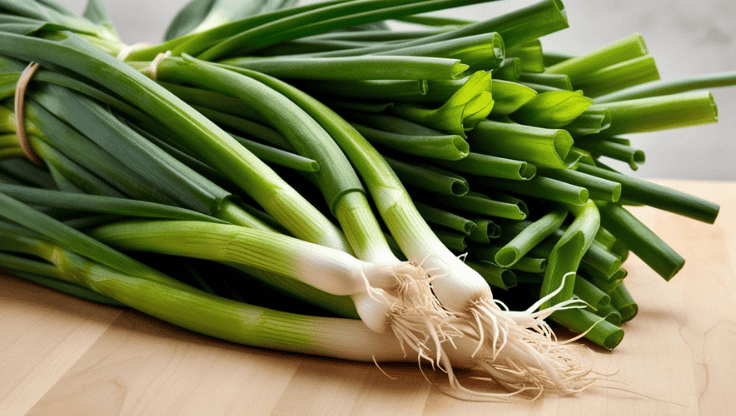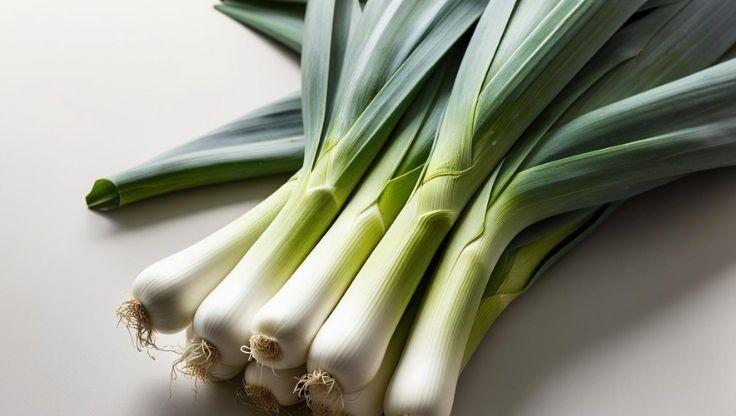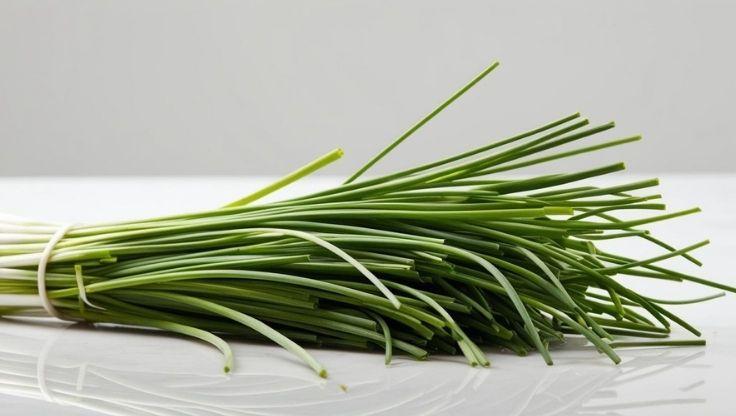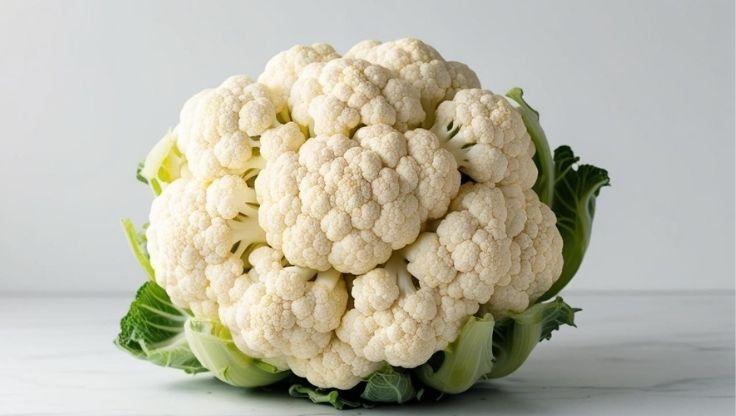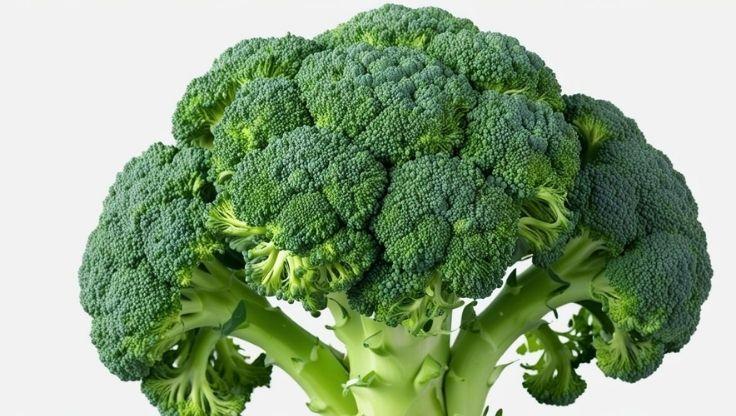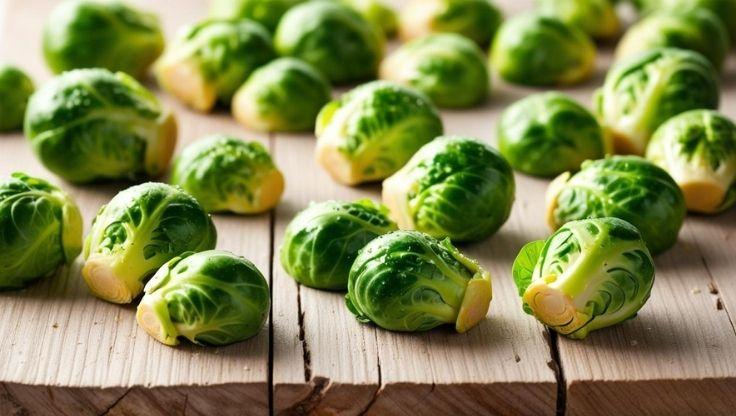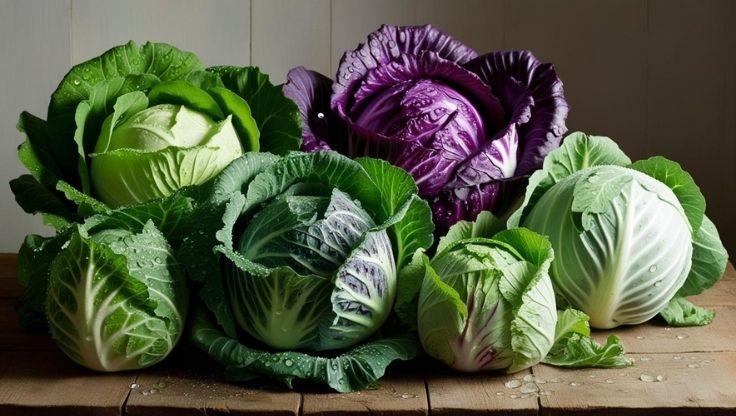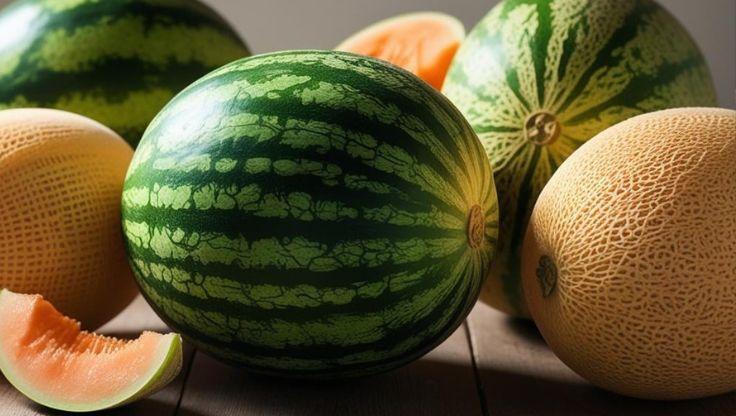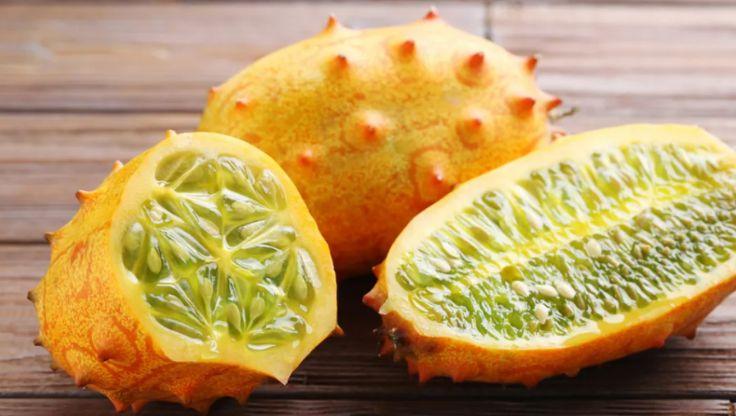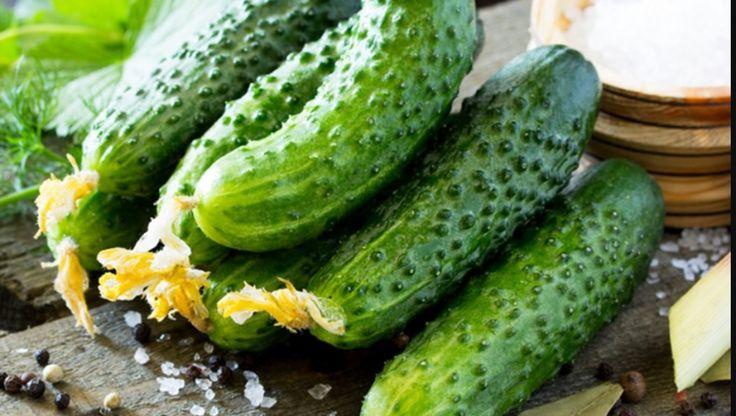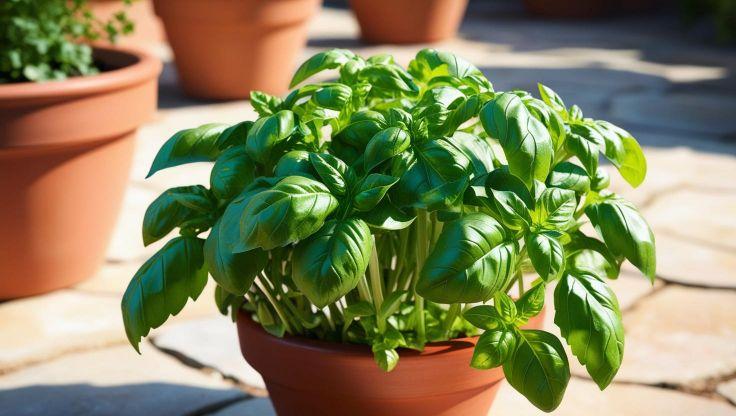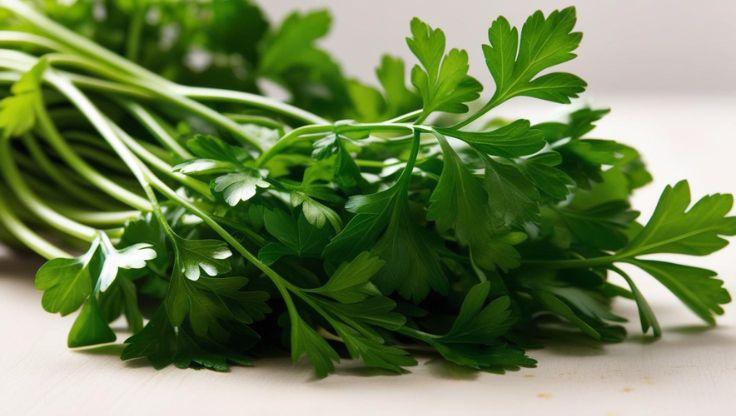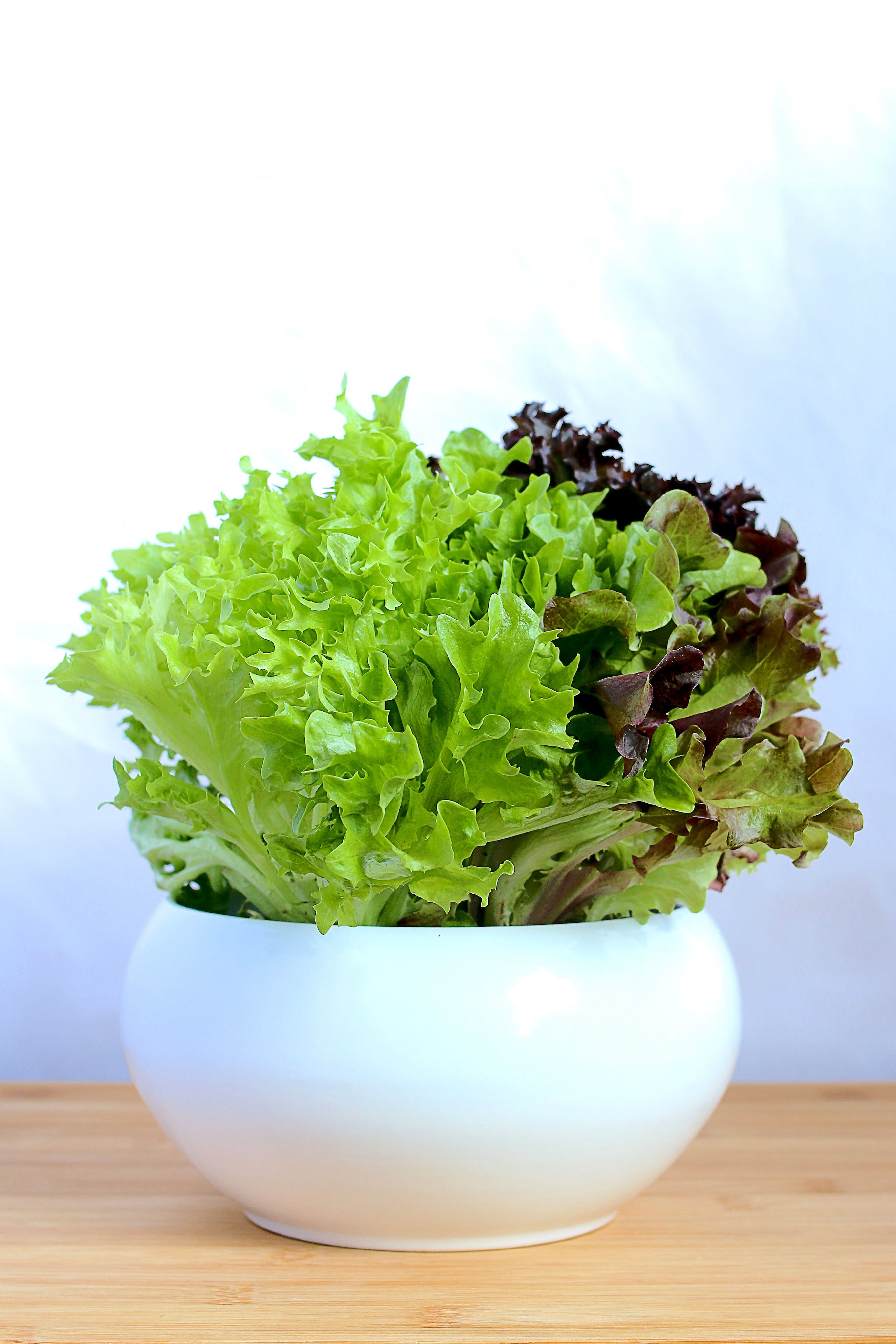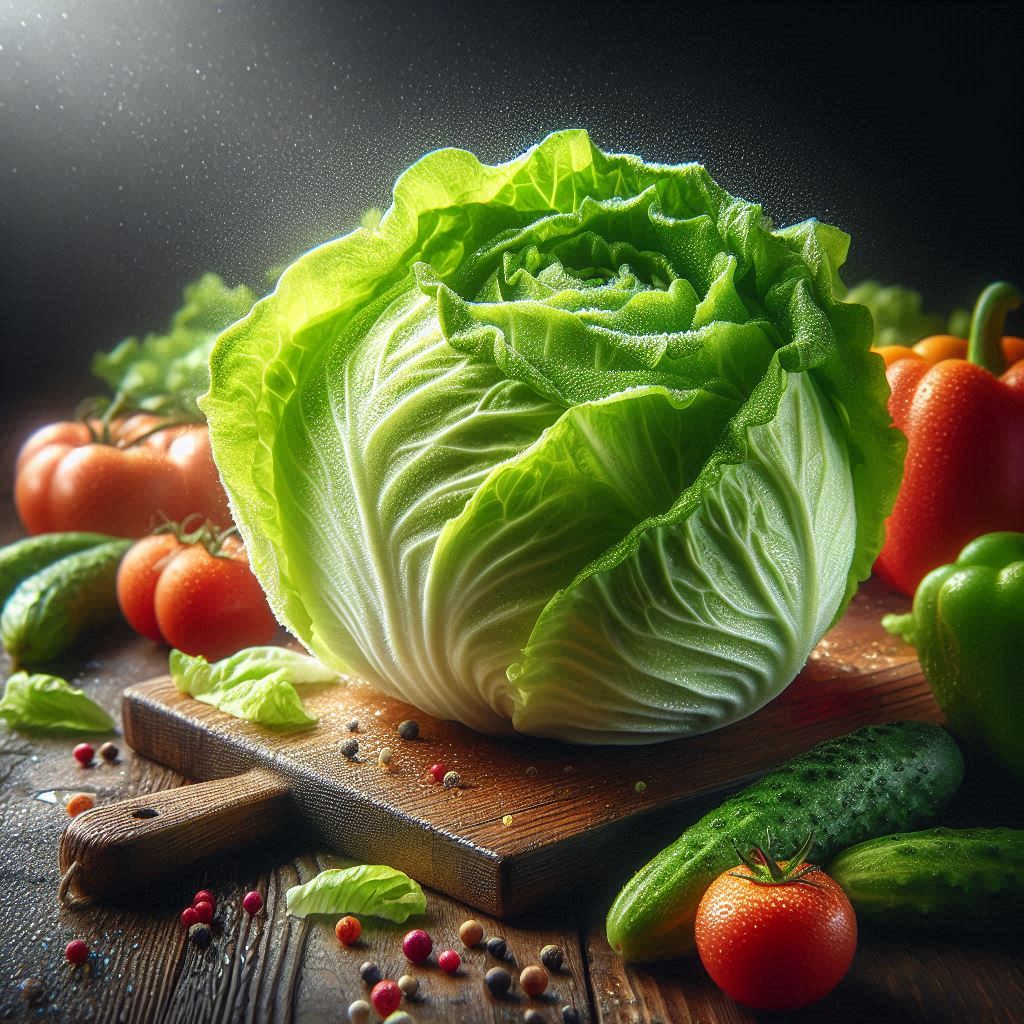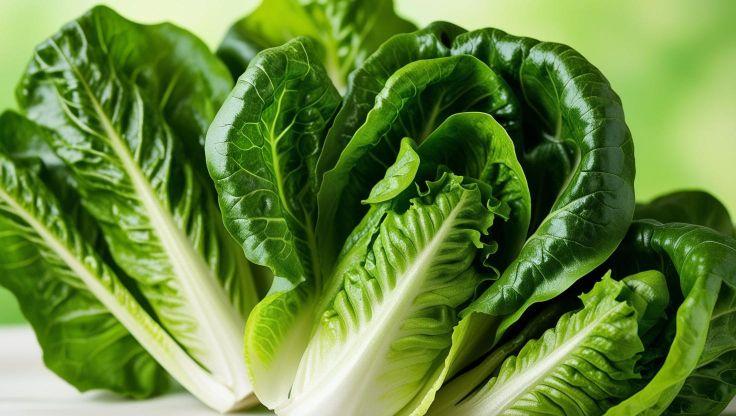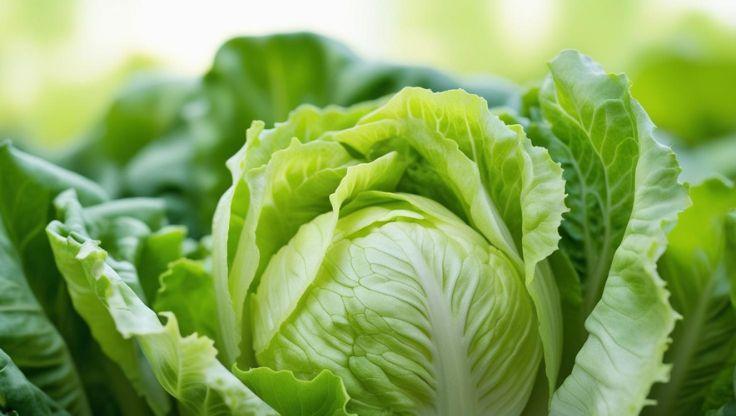Hydroponic Plants: A Guide to Growing Strawberries in a Hydroponic System
Introduction
Strawberries (Fragaria × ananassa), a beloved vegetable—technically a fruit—originated from hybridization between species native to North and South America. Known for their sweet flavor and high vitamin C content, strawberries are a staple in many diets. Unlike traditional soil-based farming, hydroponic plants thrive in controlled environments, ensuring optimal nutrient absorption and year-round production. The hydroponic system eliminates soil-related challenges, leading to higher yields and superior fruit quality.

Hydroponic Growing Conditions
Ideal pH and EC Levels
- pH: Maintain between 5.5–6.5 for optimal nutrient uptake.
- EC: A range of 1.5–2.5 mS/cm ensures balanced nutrient delivery.
Light, Temperature, and Humidity Requirements
- Light: Requires 12–16 hours of exposure to full-spectrum LED grow lights.
- Temperature: Ideal range is 18–24°C.
- Humidity: Maintain 60–70% to support fruit development.
Best Hydroponic Systems
Strawberries thrive in several hydroponic systems:
- Deep Water Culture (DWC): Provides continuous nutrient access.
- Nutrient Film Technique (NFT): Supports efficient root exposure.
- Aeroponics: Enhances oxygen uptake for vigorous growth.
Nutrient Solutions & Water Management
A balanced nutrient solution is essential for hydro garden success:
- Macronutrients: Nitrogen (N), Phosphorus (P), and Potassium (K) should be adjusted per growth phase.
- Micronutrients: Calcium (Ca) and Magnesium (Mg) aid in fruit development.
- Ensure oxygenation and periodic solution refreshes for optimal growth.
Seed to Harvest Process
Strawberries begin from seed, requiring 2–3 seeds per hole for successful germination. After transplanting, maturity occurs 60–90 days post-germination. Hydroponic cultivation accelerates growth and enhances fruit quality. Popular varieties include Albion, Seascape, and Tristar.
Uses and Benefits
Culinary Applications
Strawberries are a versatile vegetable used in:
- Desserts, smoothies, jams, and salads.
- Blended into sauces for sweet and savory dishes.
Health Benefits
- Rich in antioxidants, vitamin C, and fiber.
- Supports heart health, digestion, and immune function.
- Contains anti-inflammatory properties.
Sustainability Advantages
A hydroponic system reduces pesticide dependency, enhances water conservation, and supports year-round cultivation.
Challenges and Solutions
Common Pests & Diseases
Despite soil-free conditions, hydroponic plants can face aphids, whiteflies, and fungal infections. Preventative measures include proper ventilation and organic pest control.
Solutions for Growth Issues
- Nutrient Deficiencies: Adjust macronutrient and micronutrient balance.
- Environmental Stress: Maintain steady temperature and humidity levels.
- Root Rot Prevention: Ensure oxygenated and clean nutrient solutions.
Research for expert insights
For in-depth expertise and valuable insights, explore these well-researched articles.
|
Company/Institution |
Article Title |
Article Link |
|---|---|---|
|
Frontiers |
Substrate system outperforms water-culture systems for hydroponic strawberry production |
|
|
Auburn University |
Research examines feasibility of hydroponic strawberry production |
|
|
University of Nevada, Reno |
Comparison between hydroponic and soil systems for growing strawberries in a greenhouse |
|
|
American Society for Horticultural Science |
Cultivar, Growing Media, and Nutrient Source Influence Strawberry Yield in a Vertical, Hydroponic, High Tunnel System |
Their methodical study presents detailed expertise, making them a crucial reference for anyone looking to enhance their knowledge.


